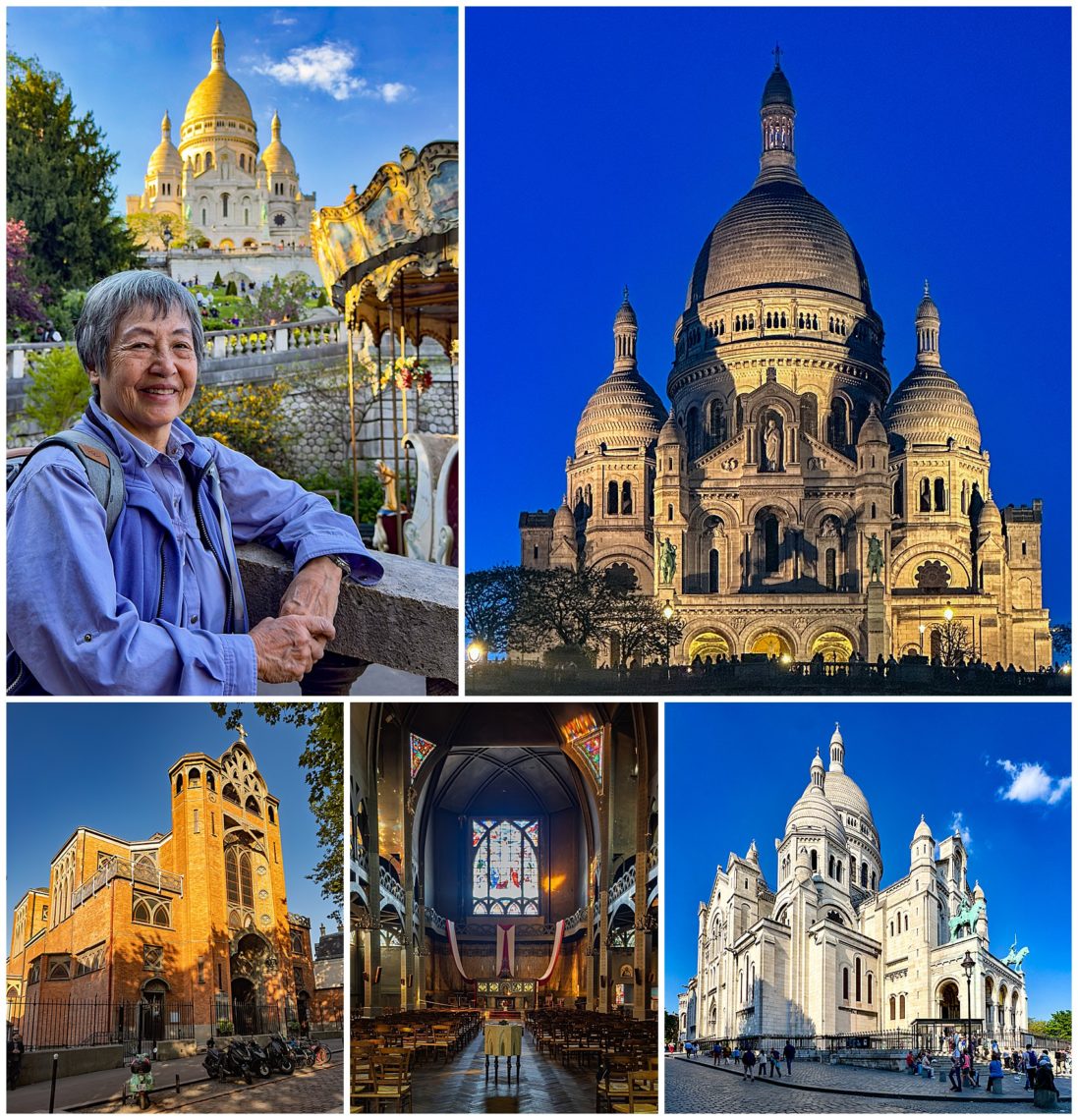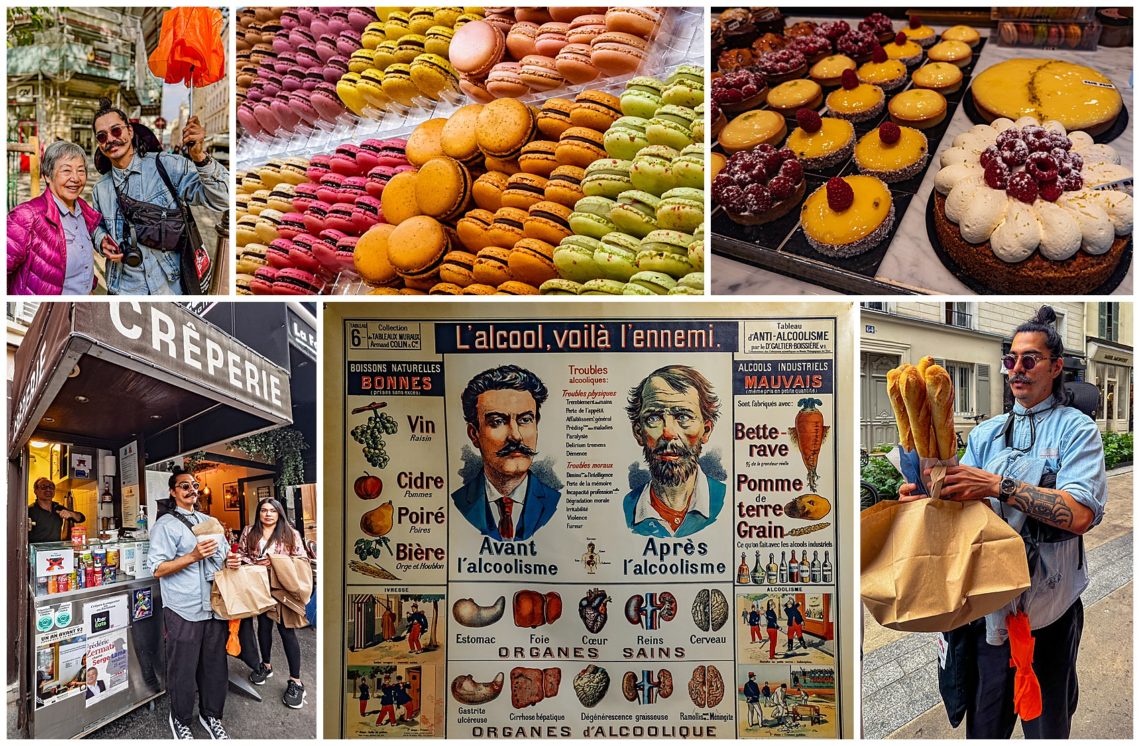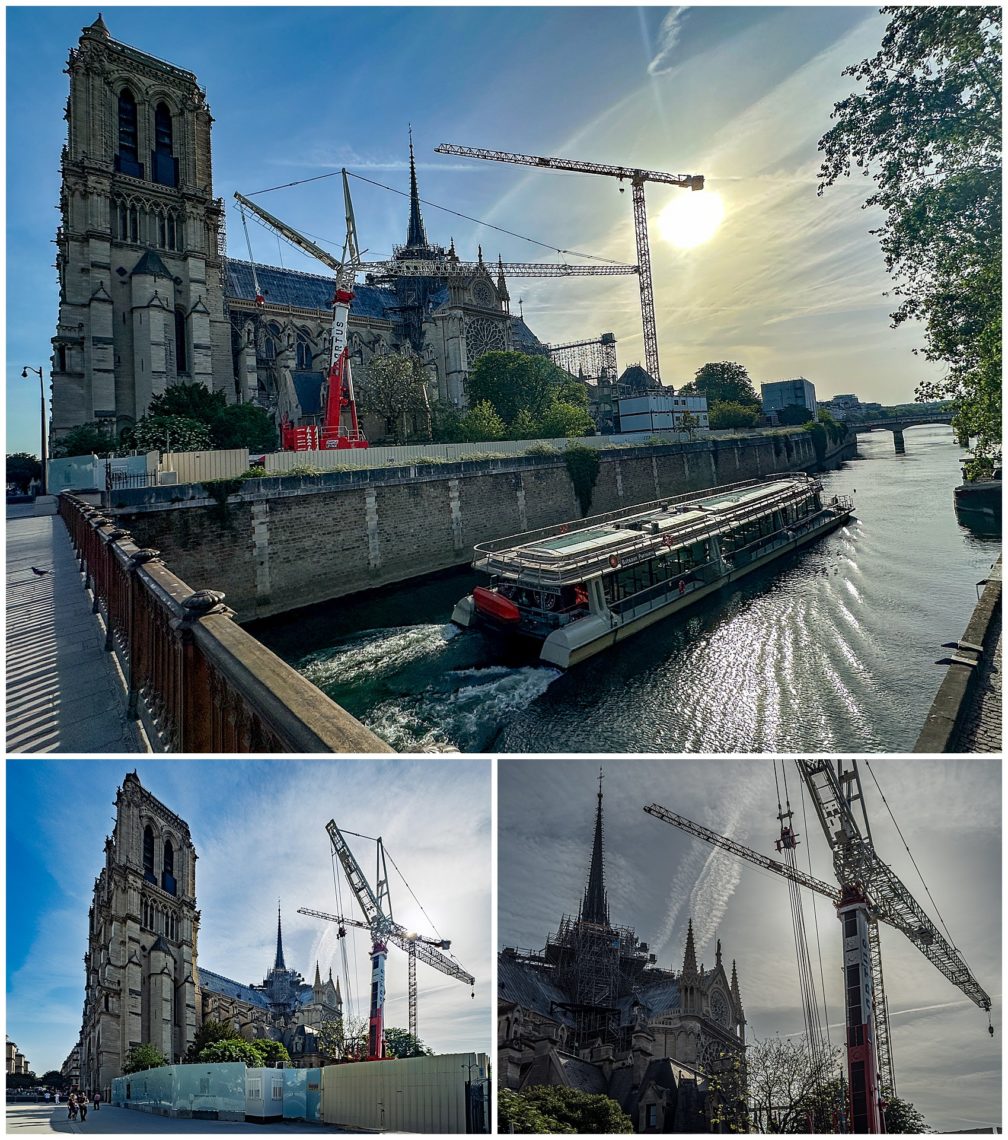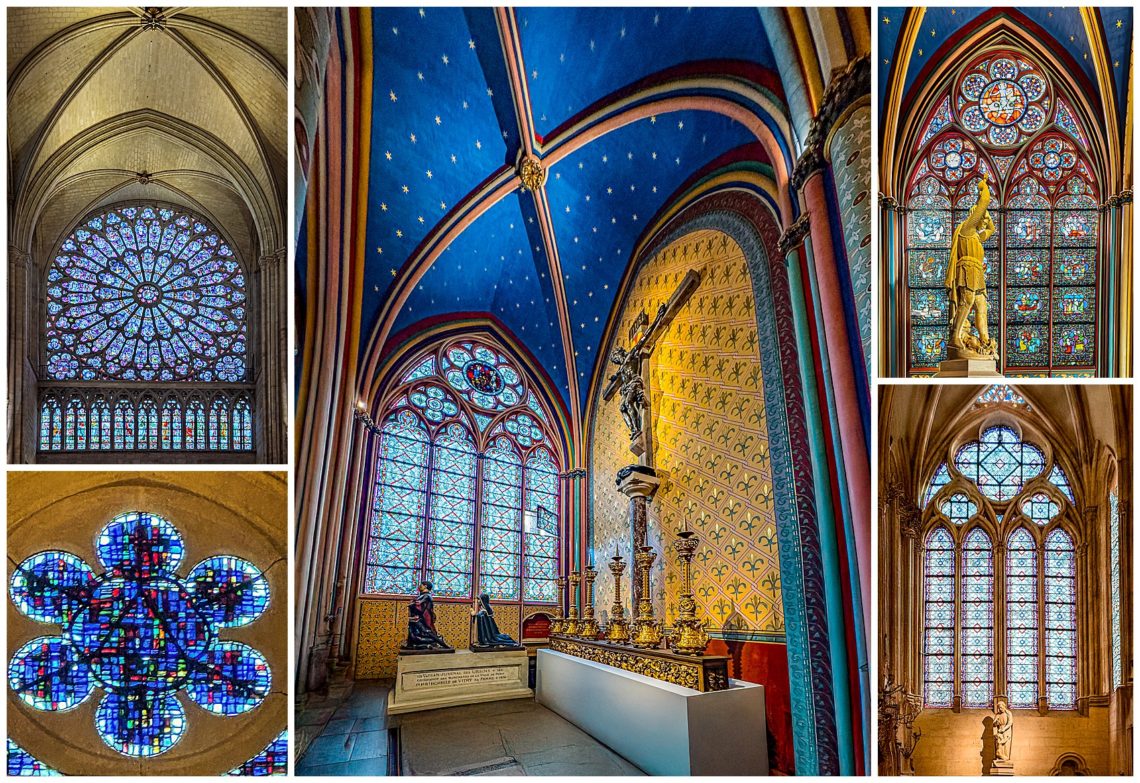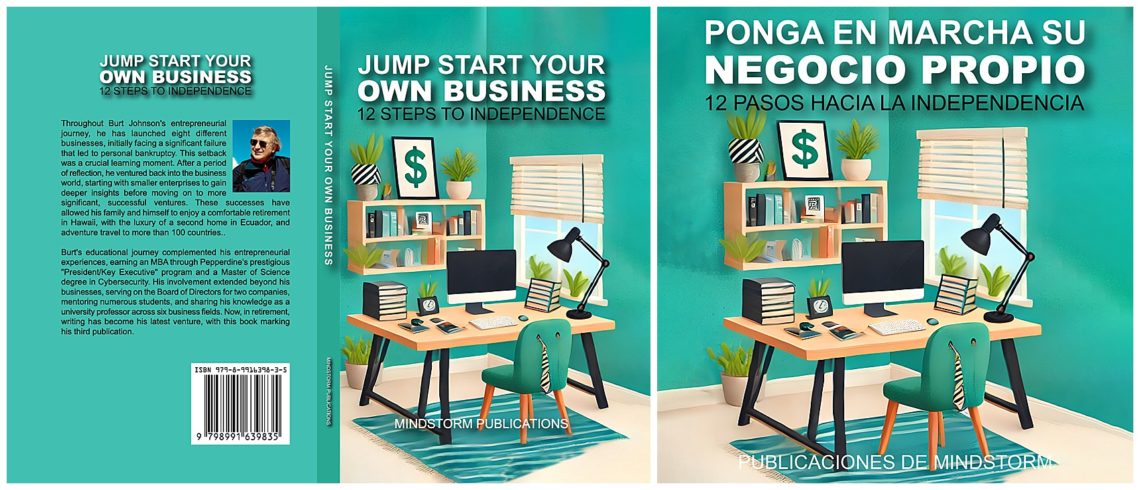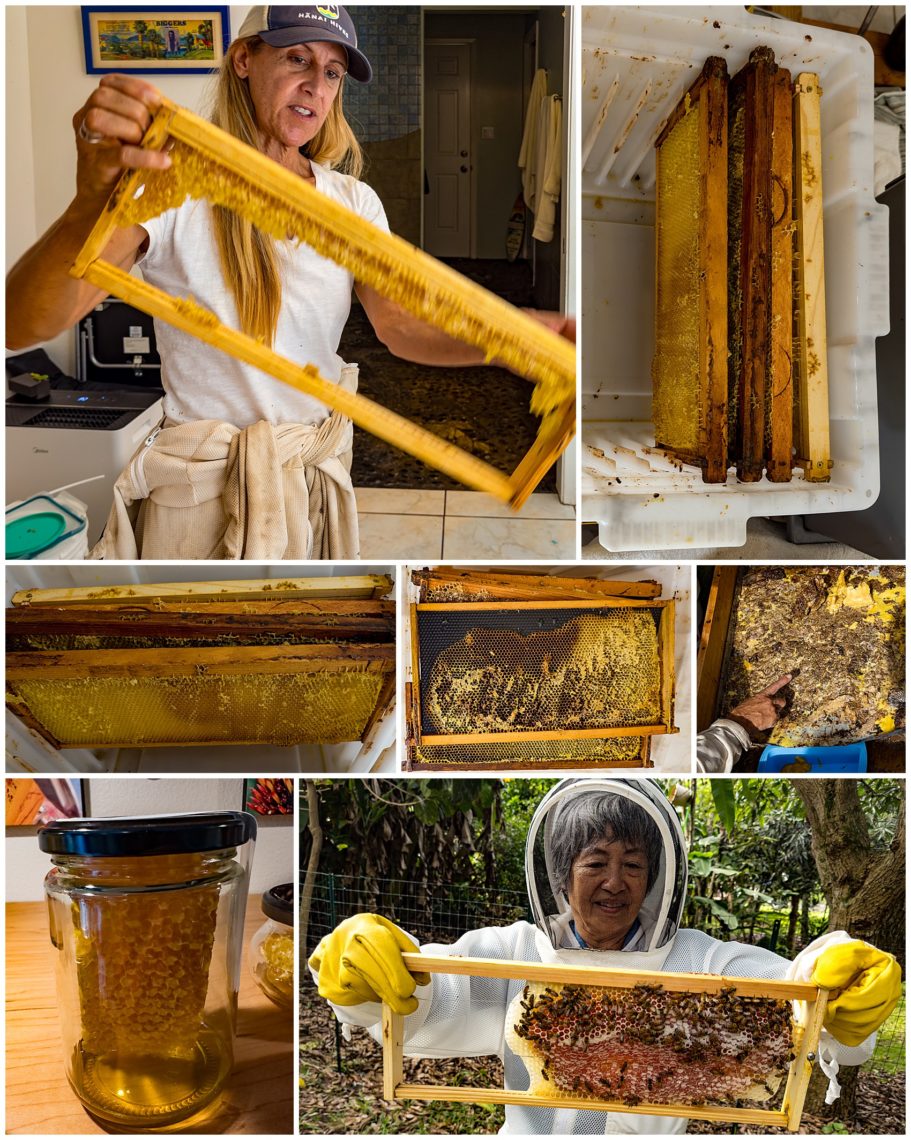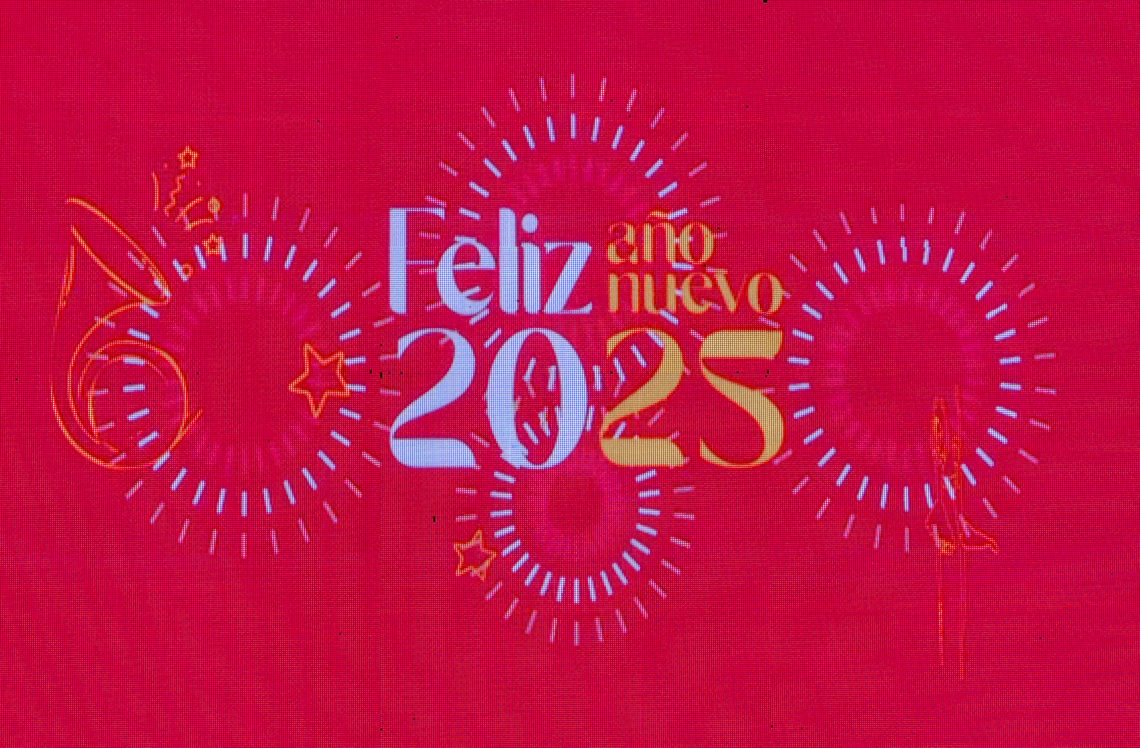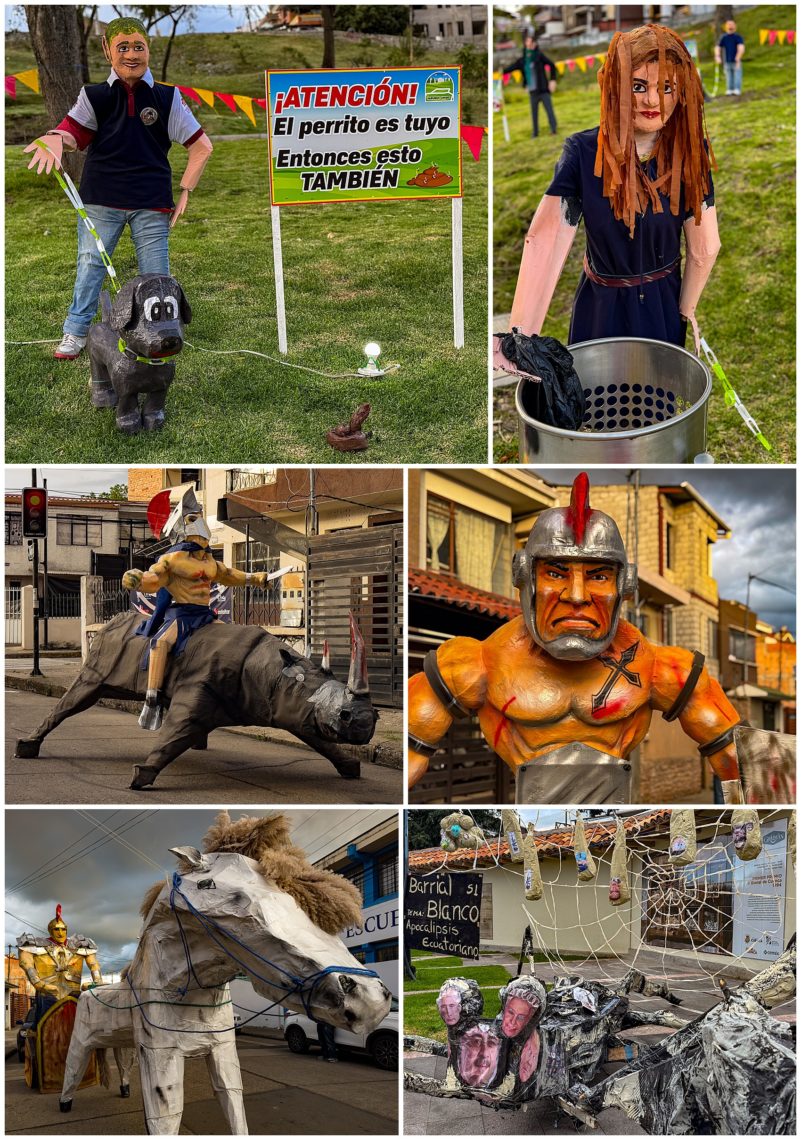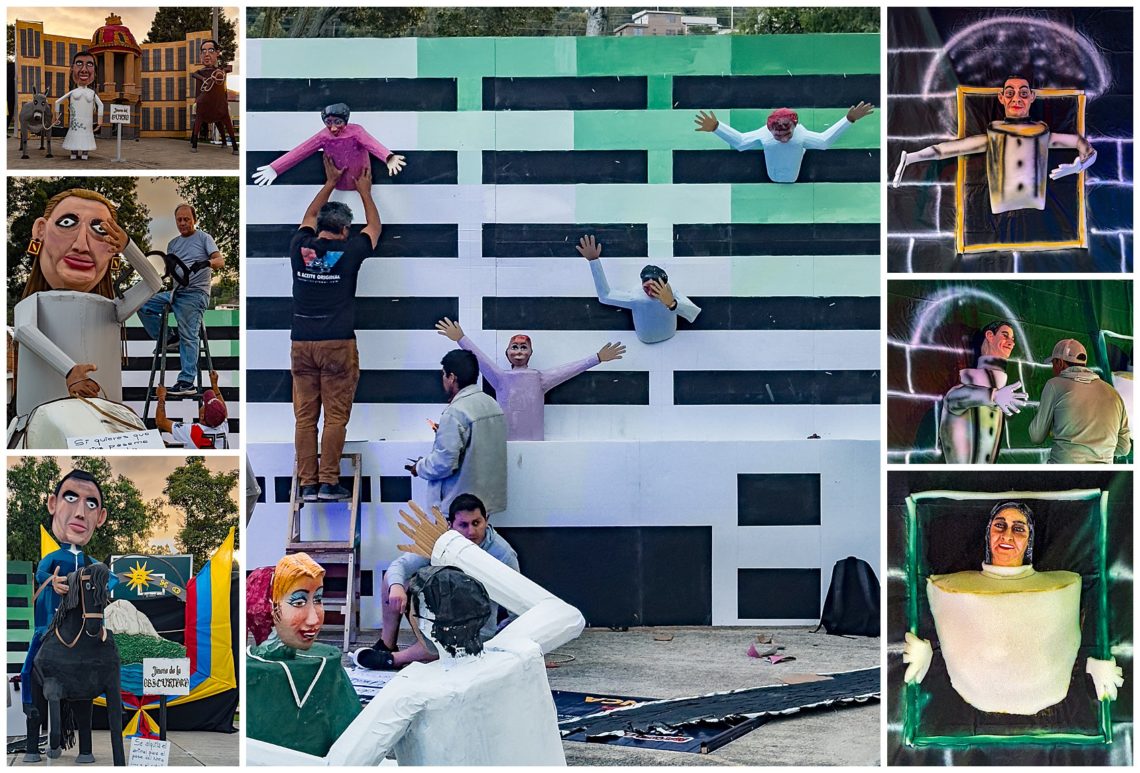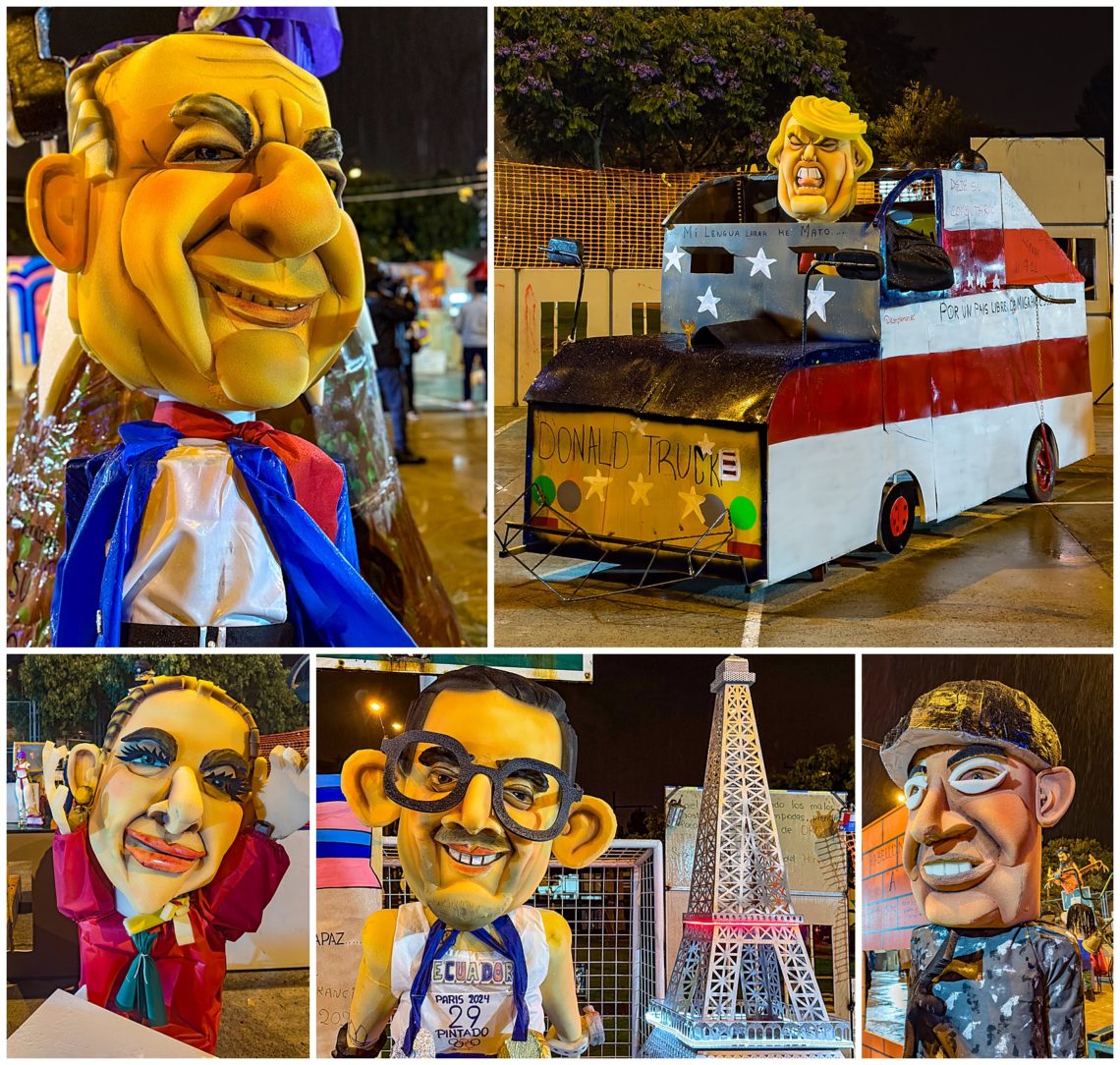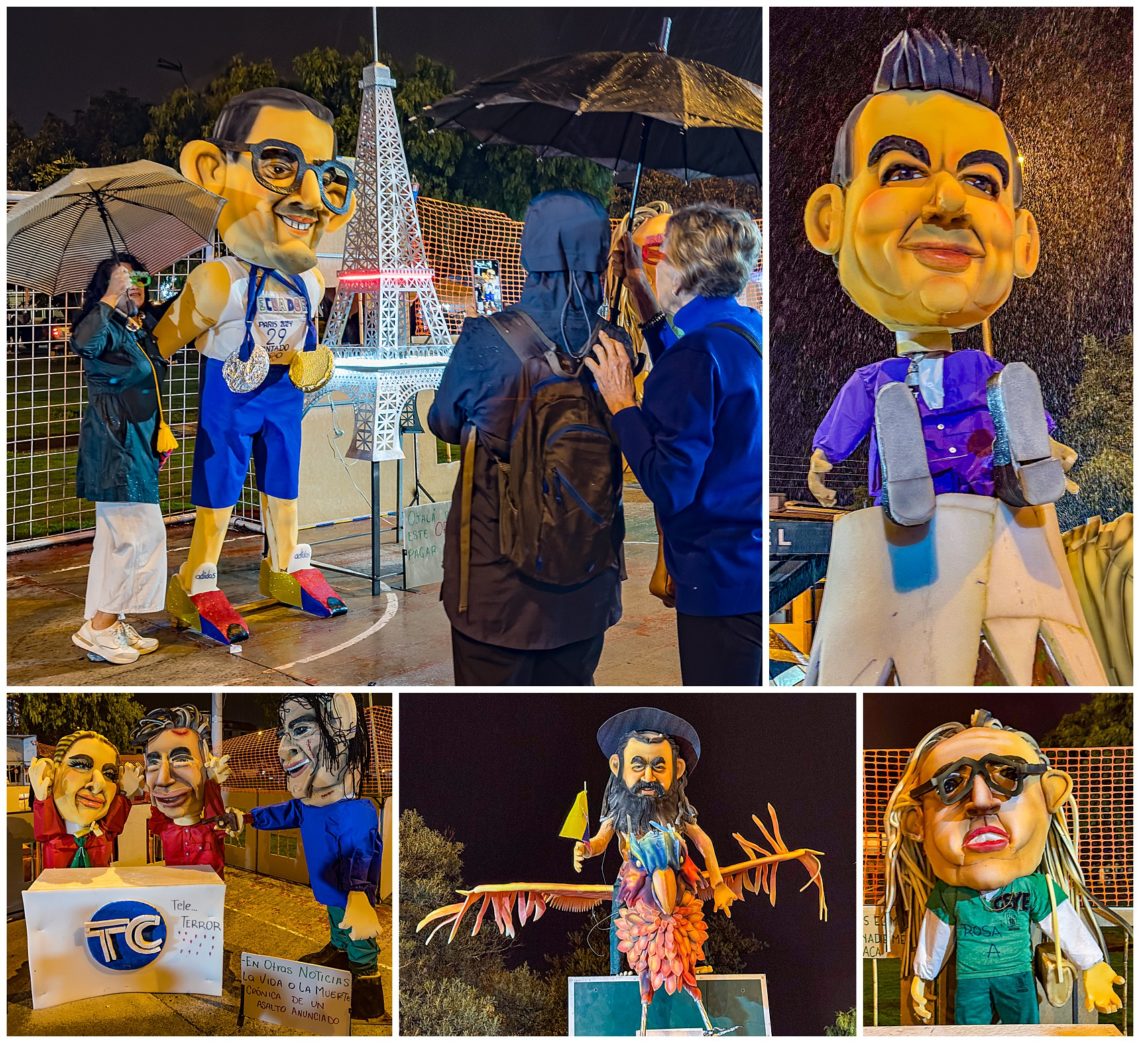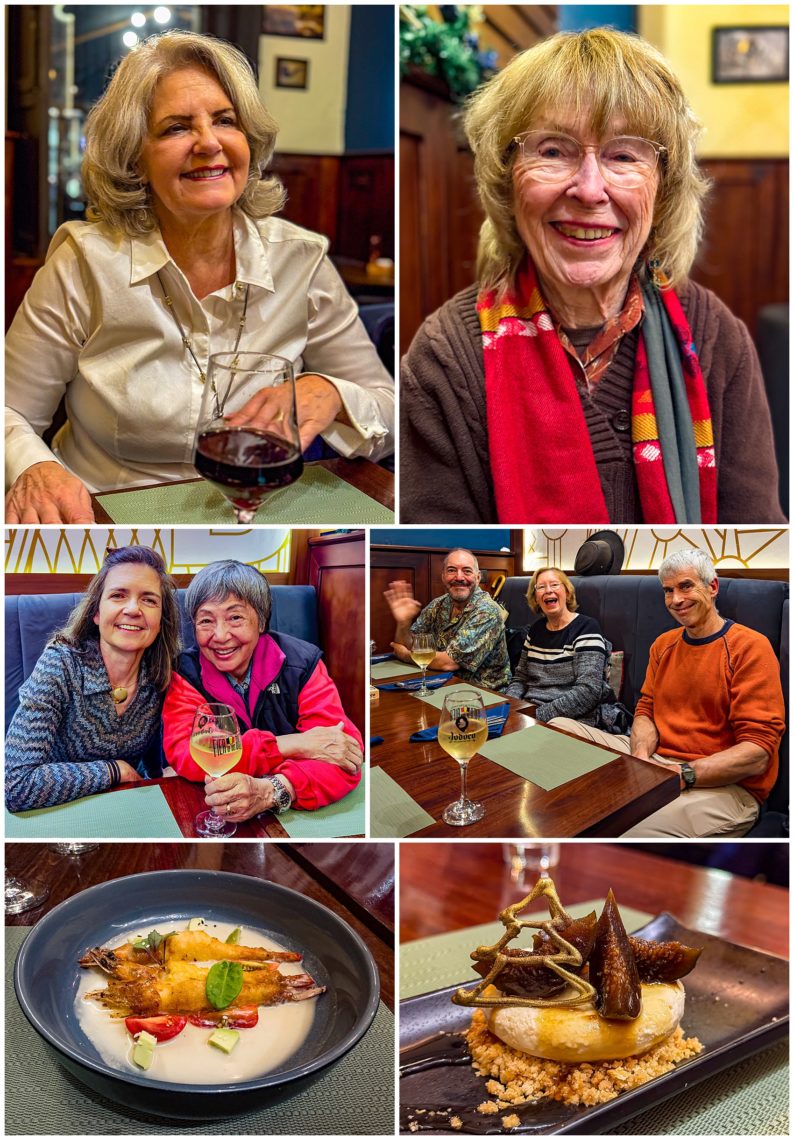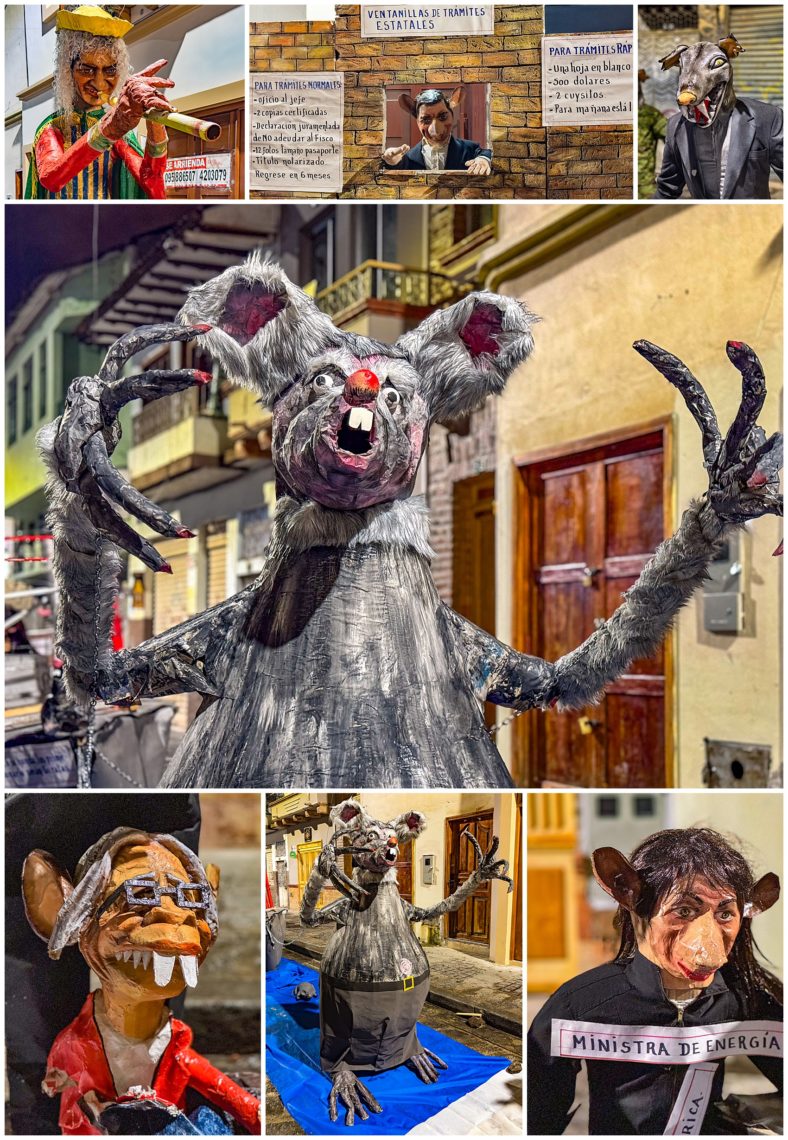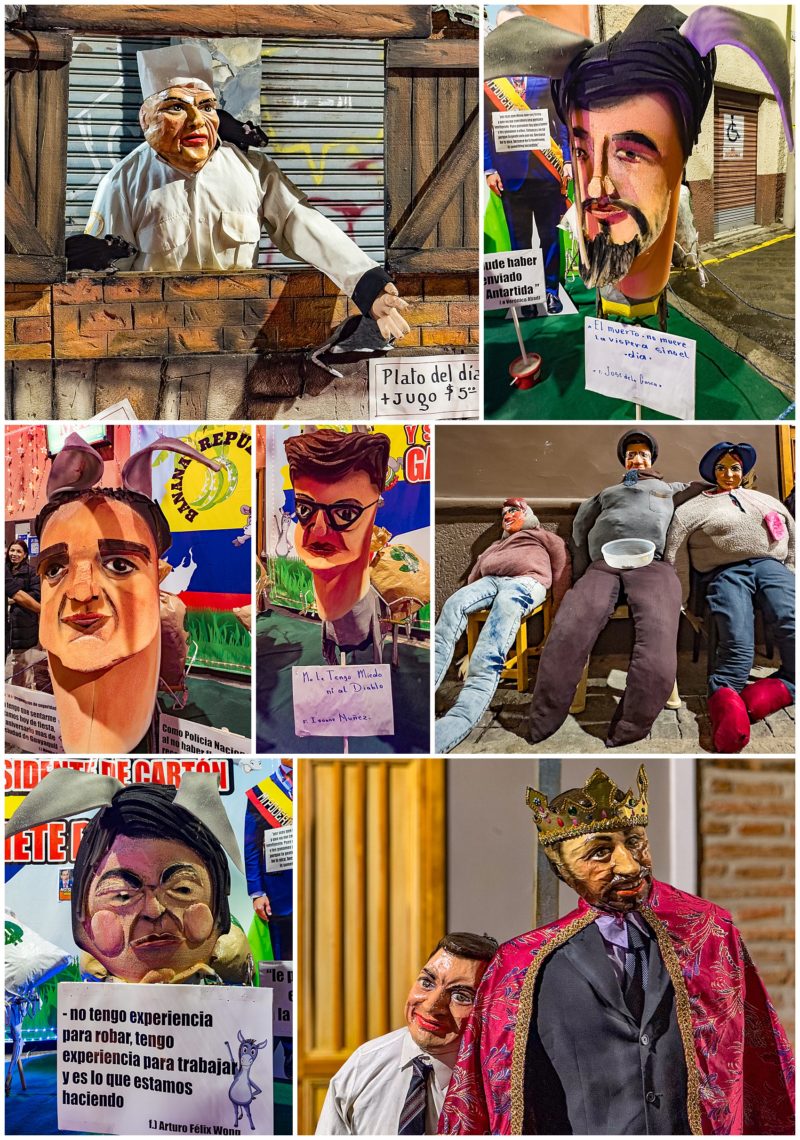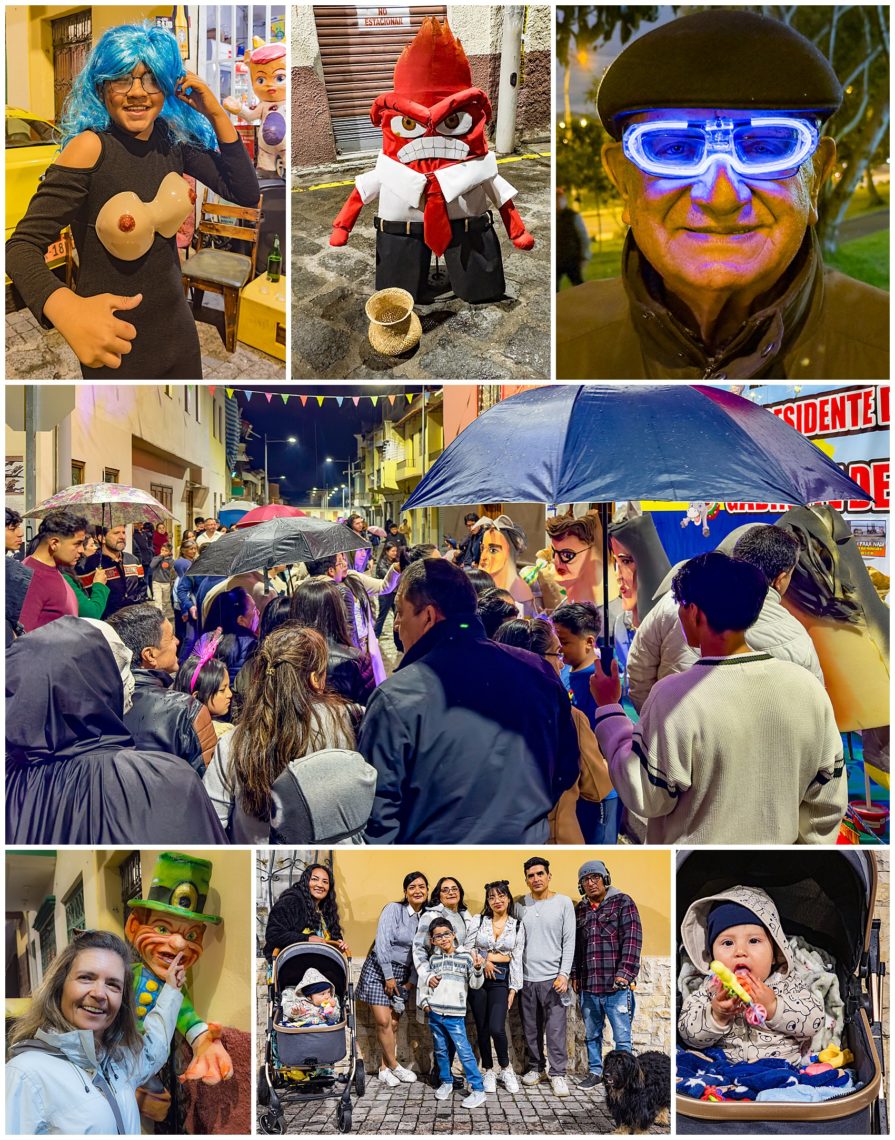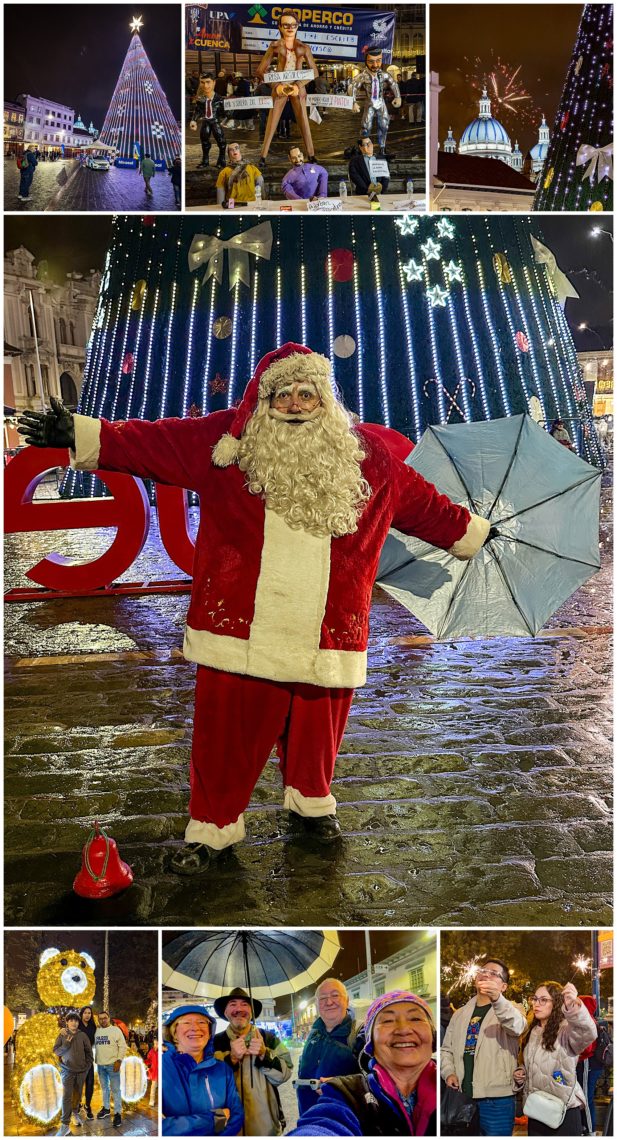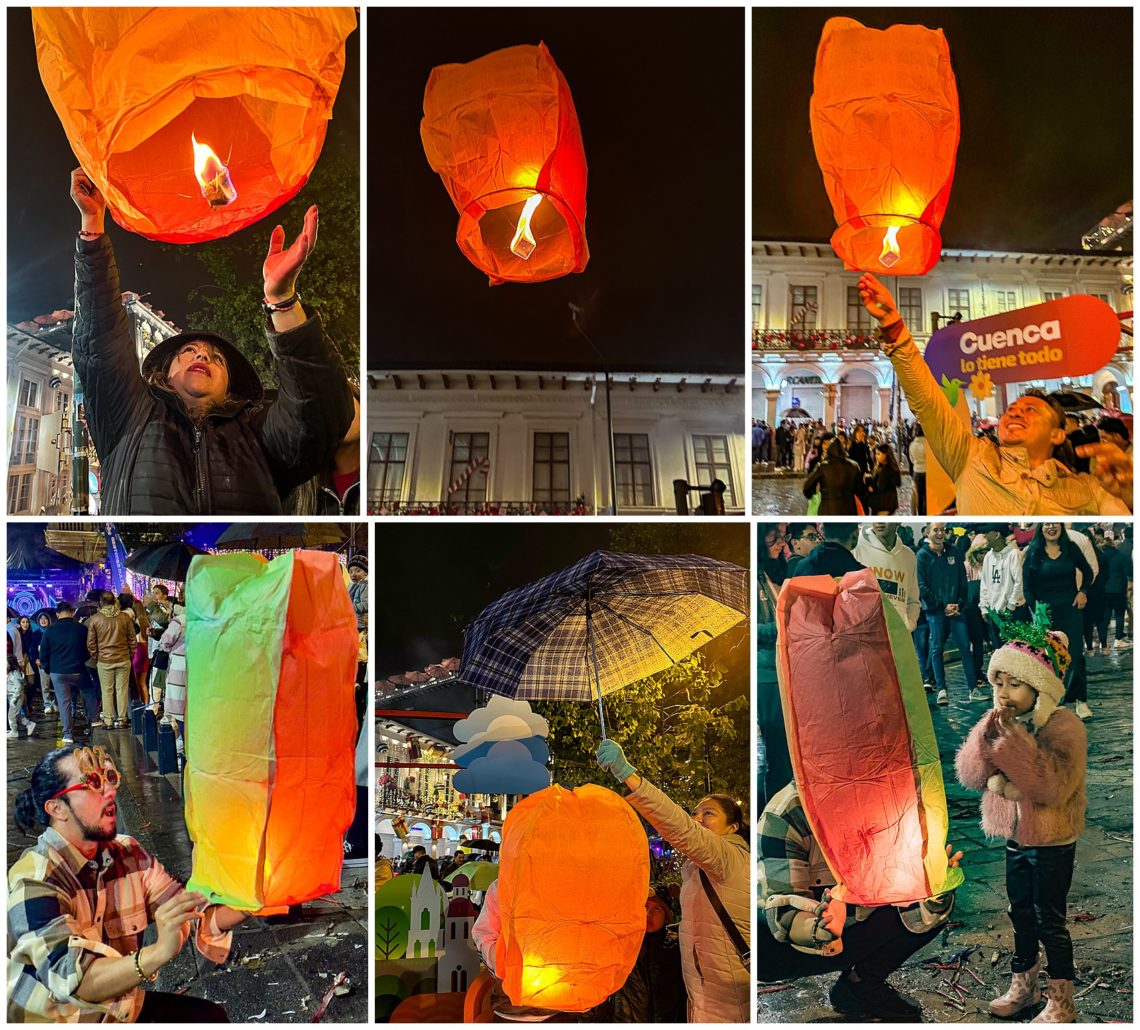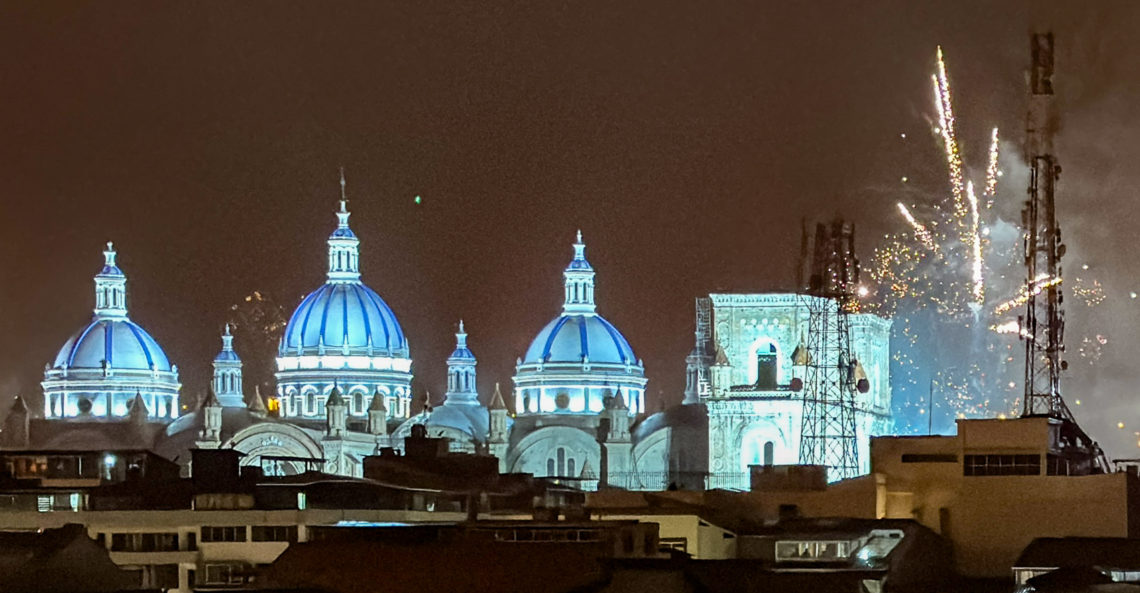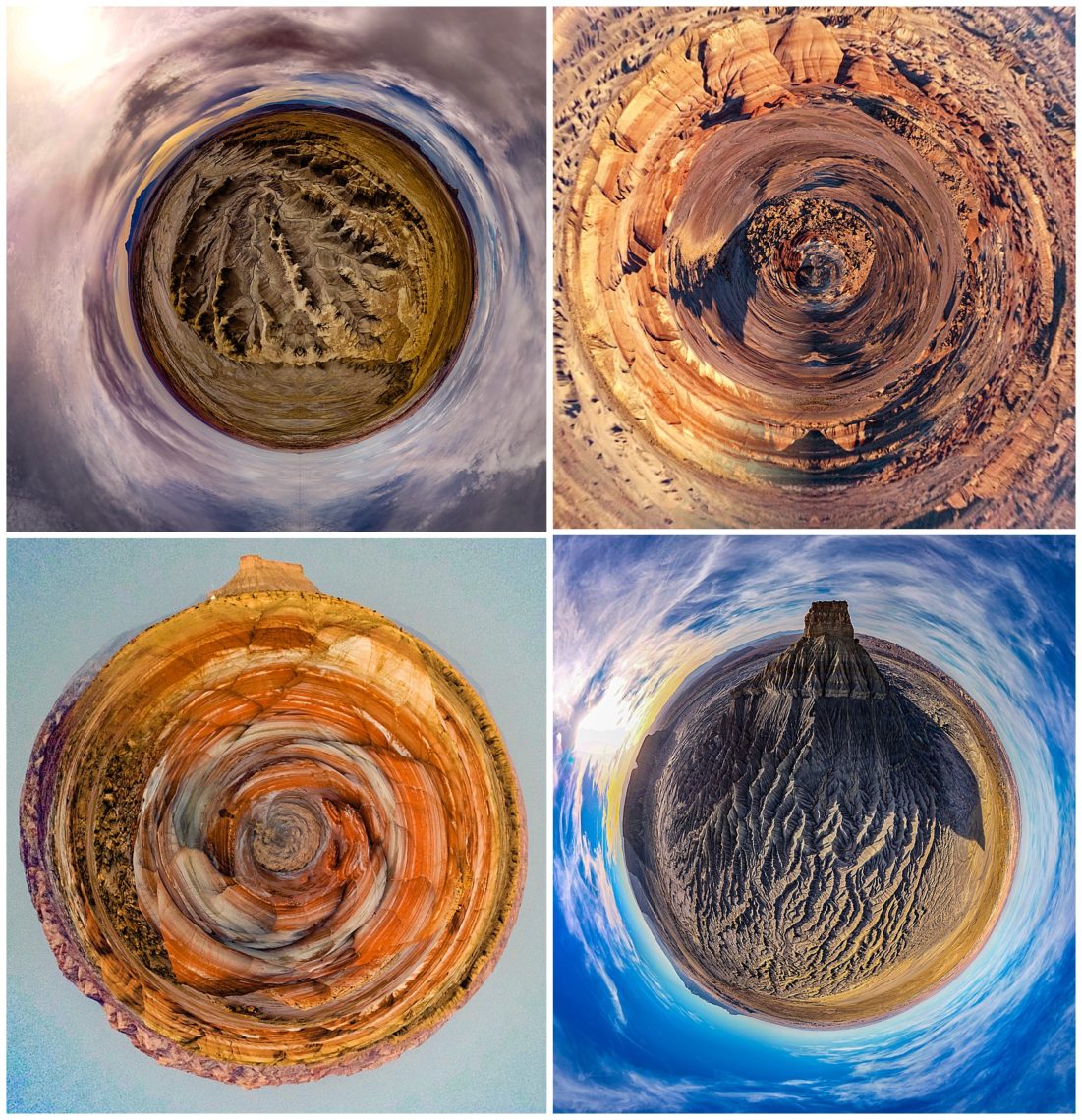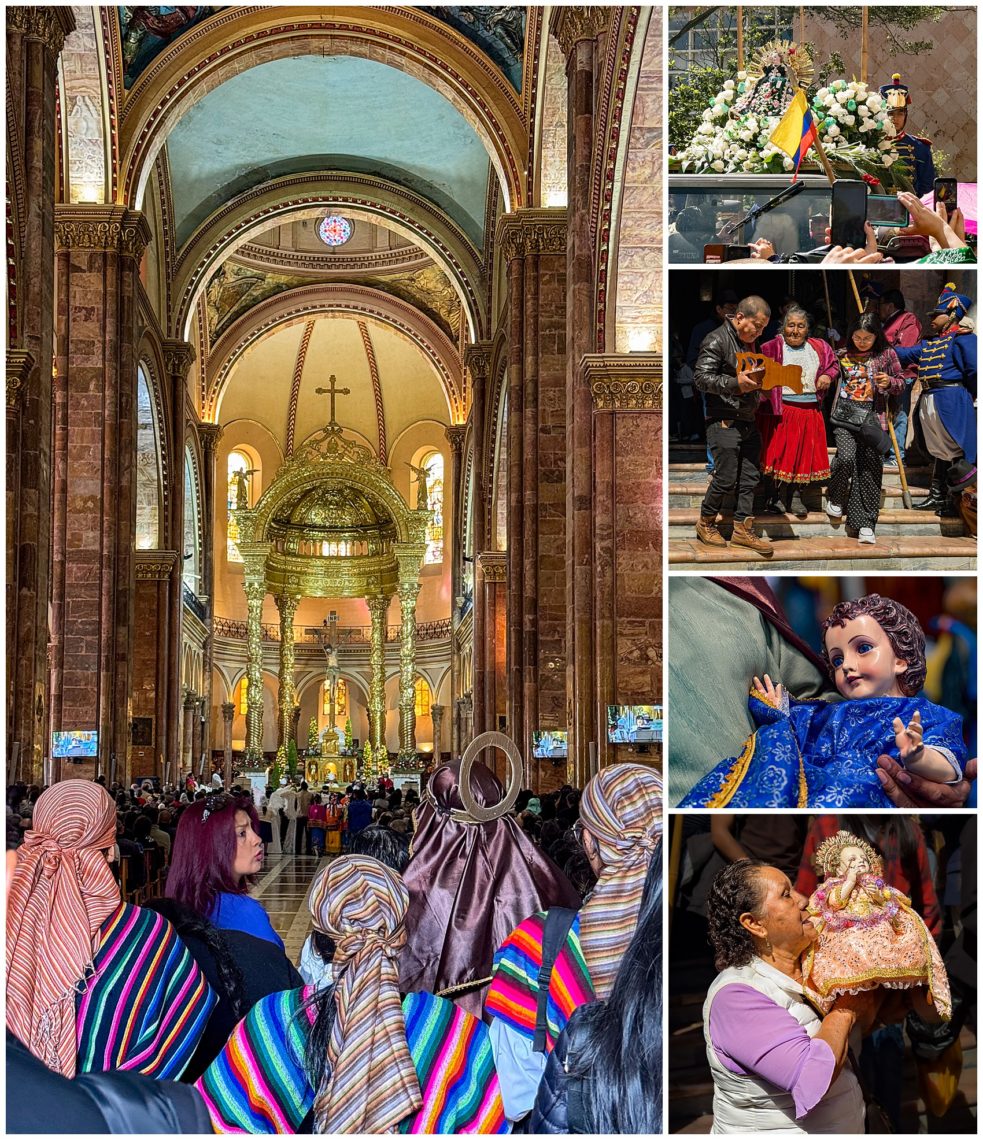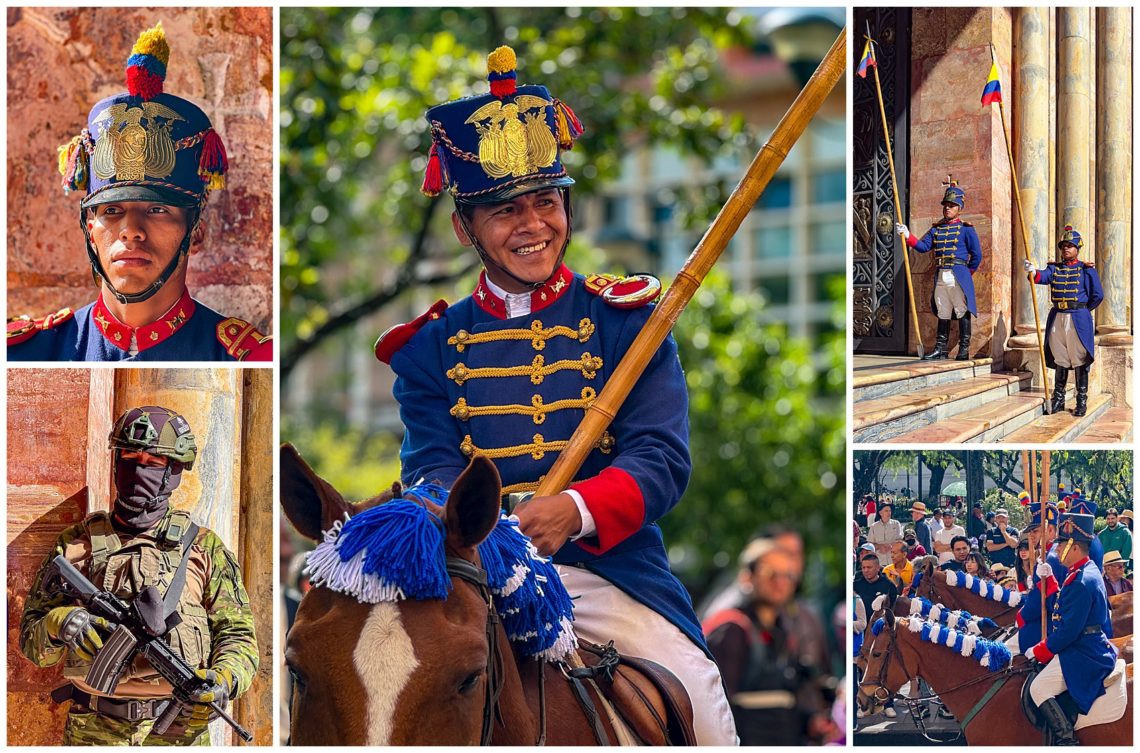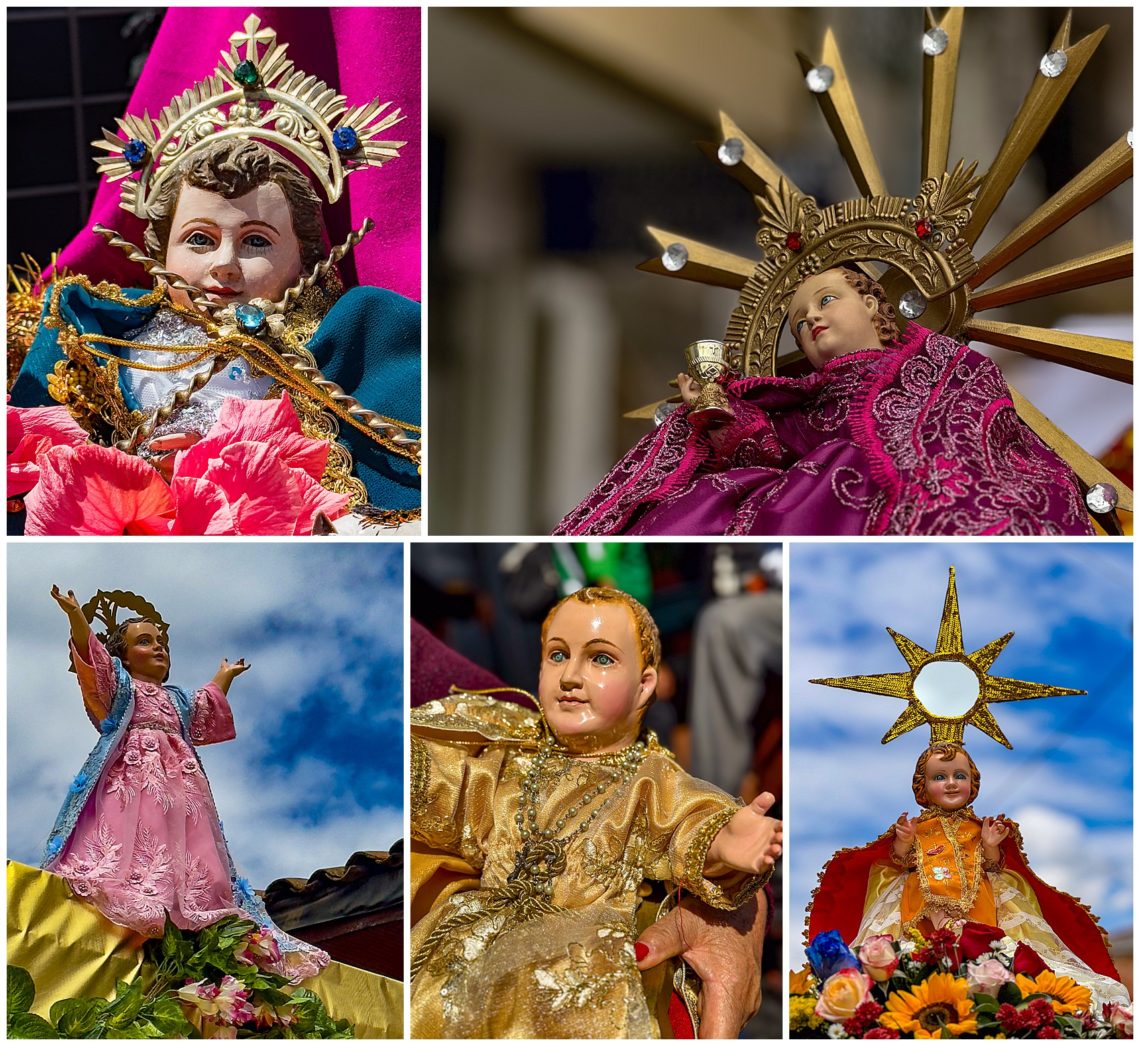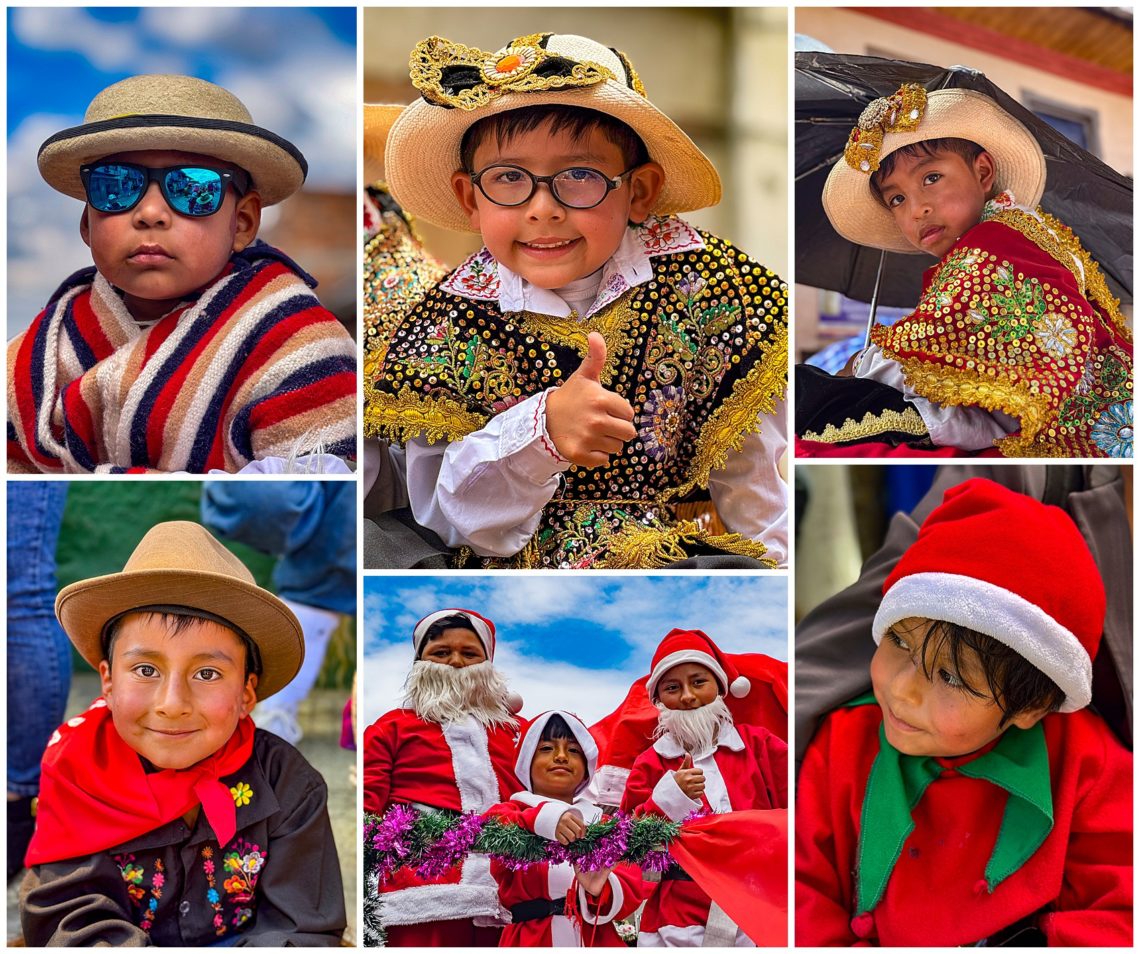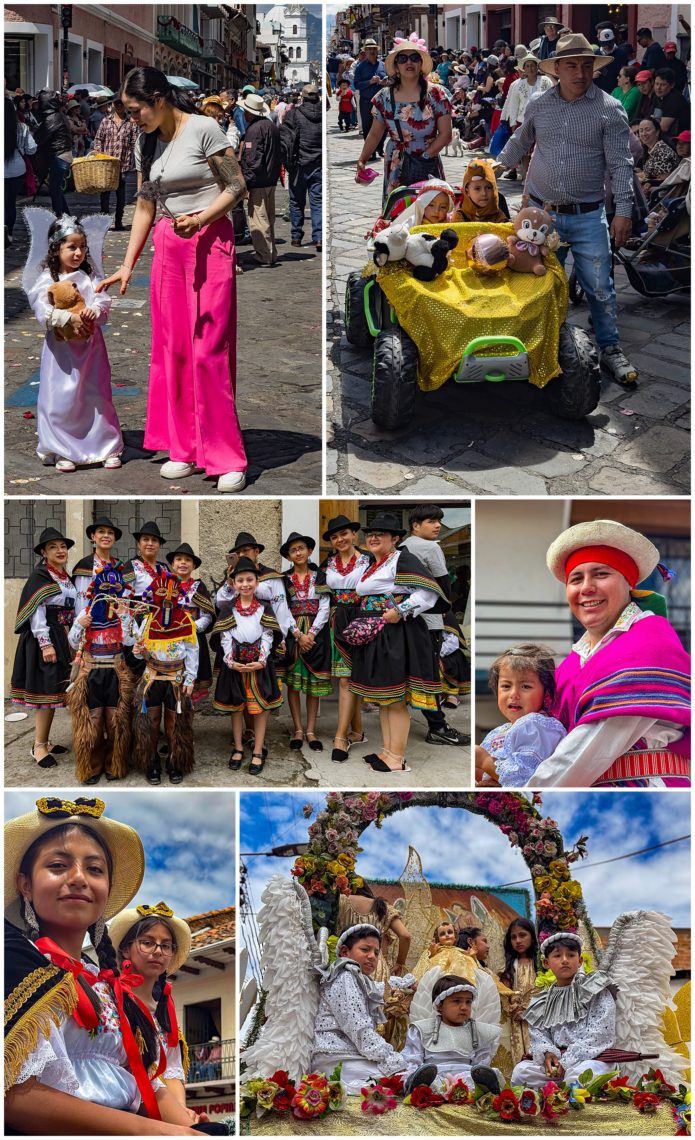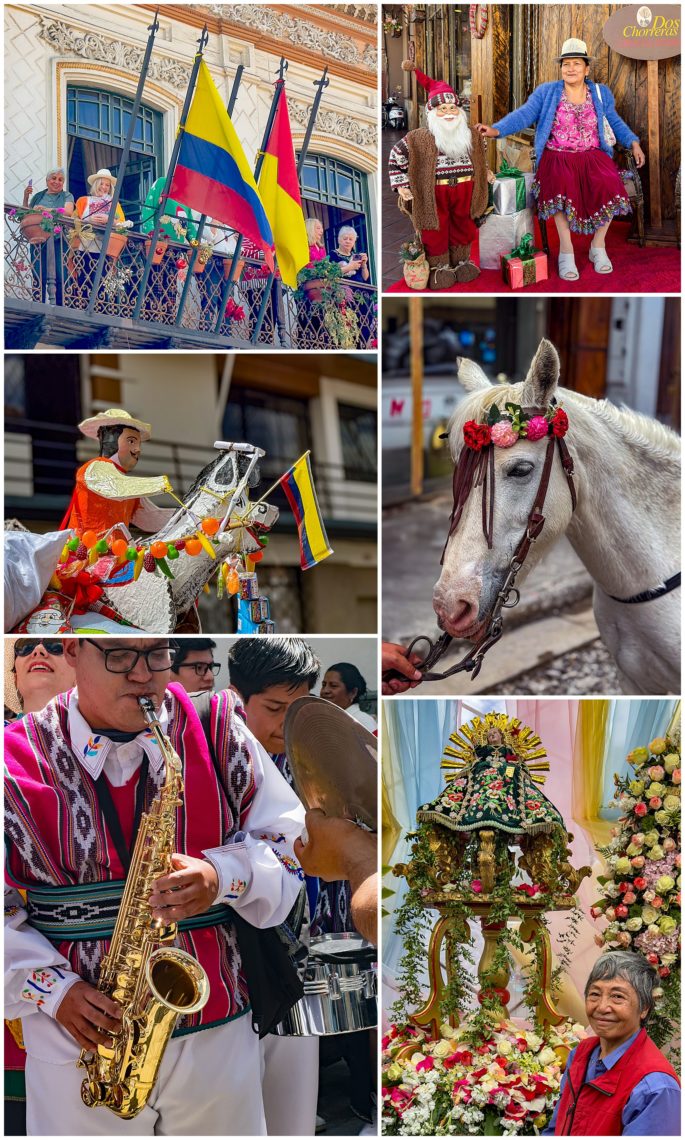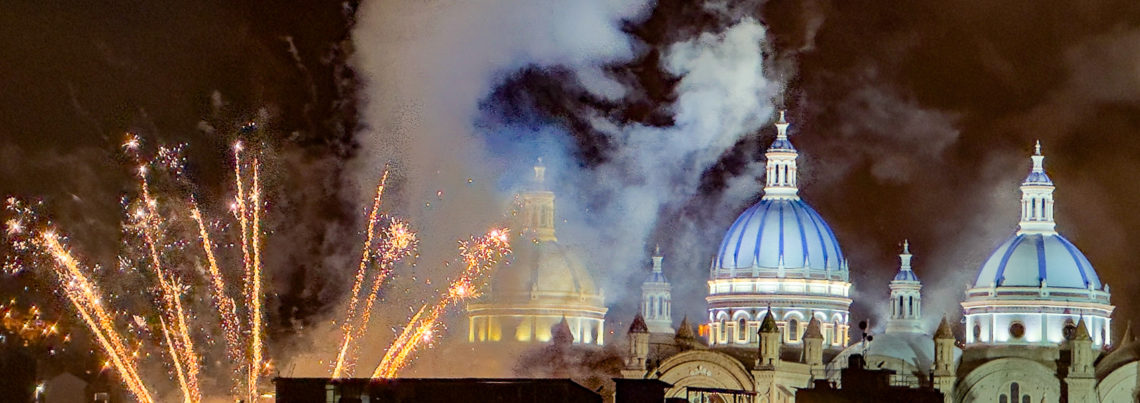
We took a tour just outside of Paris following the footsteps of Vincent Van Gogh and Claude Monet. Both Van Gogh and Monet lived and spent time in Paris in the 1800s. Although they never met in person, Van Gogh was influenced by the impressionist style that Monet pioneered, which resulted in Van Gogh abandoning the somber colors of his earlier Dutch works to a more vibrant and light color palette.
Above are a few paintings by Van Gogh, which were posted along the pedestrian trail near his last stay in a small rented room at Ravoux Inn, Auvers, a small village outside of Paris. He could only afford the smallest room from May 20th to July 29th, 1890, the last 70 days of his life. During this short period, he created 80 paintings. We walked through the small studio where he passed at the age of 37, shocked by how small his room was (approximately 7’x10′). His last words were “La tristesse durera toujours” (Sadness will last forever), before he reportedly died of a self-inflicted gun shot wound. Along the artist’s trail, we were shown the subject matter that Van Gogh was inspired by, then saw a copy of his painting on sign posts. Roots (bottom right), was initially thought to be a painting from Van Gogh’s imagination and for years was hung upside down at exhibitions. Years later, someone recognized the tree roots along the path where Van Gogh walked, then the painting was turned right side up.

We also toured Giverny, at the recommendation of our friends from Ecuacor, the Krafts, who thought this was the most beautiful place in France. This is the location of the famous water lily ponds and colorful garden created by Claude Monet (top middle). Monet is known as the father of impressionism and lived in his Giverny home for 43 years, from 1883 to 1926. A delight to see, but filled with tourists.

An interesting article about Claude Monet is here. We saw lots of flowers that were well maintained, as Monet loved painting landscapes. For visitors, there was only one toilet, however we weren’t warned of such ahead of time, so ended up rushing through the garden area.
Monet and Renoir were lifelong friends, often setting up easels side by side. Occasionally, they painted together at Monet’s home and garden. Monet painted a series of 250 oil paintings inspired by his water lilies. Monet did not paint with the color black, as he felt it dulled his paintings. Compared to Van Gogh, Monet lived quite well as an artist, and a recent painting of his was auctioned for more than $65 Million.

This is an eclectic collection of photos from our Paris trip. Top left is the bright yellow flowers grown for Canola oil, as seen from our flight approach to Paris Airport. We also visited the Paris Zoo one afternoon and captured images of deer and penguins (middle and left middle). We would not recommend it though, as there were few animals, and not kept in very ecological enclosures.
We also enjoyed the many fruit stands throughout Paris. We couldn’t help but comparing them to Portugal, which had almost none. Evelyn also brought her sketch book on this trip. Here is her paintings ifrom Montmartre at the base of Basilica Sacré-Coeur (bottom right) and Eglise Saint-Jean de Montmartre (bottom left) were her inspiration. Paris is a fun stopover, so we’ll be back to explore more of the city in the future.
